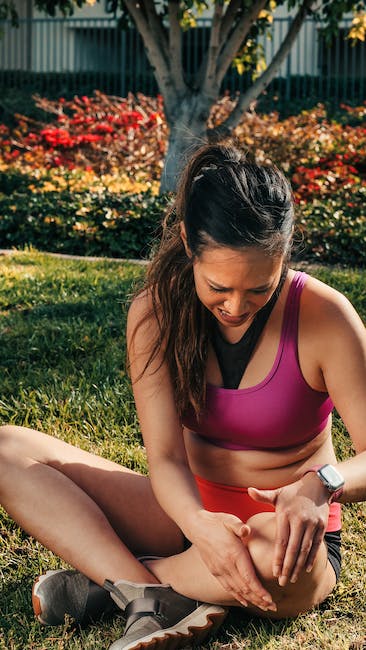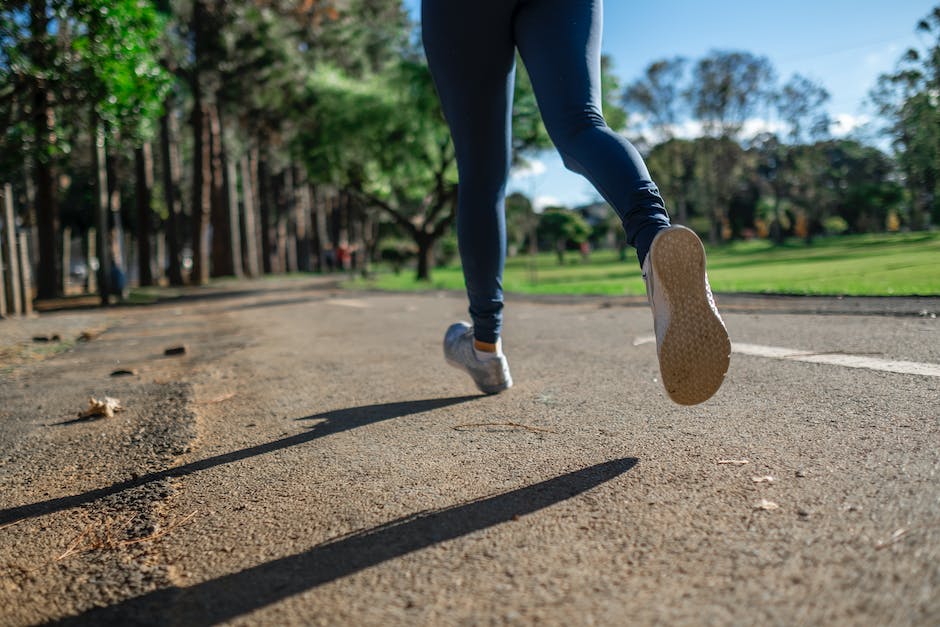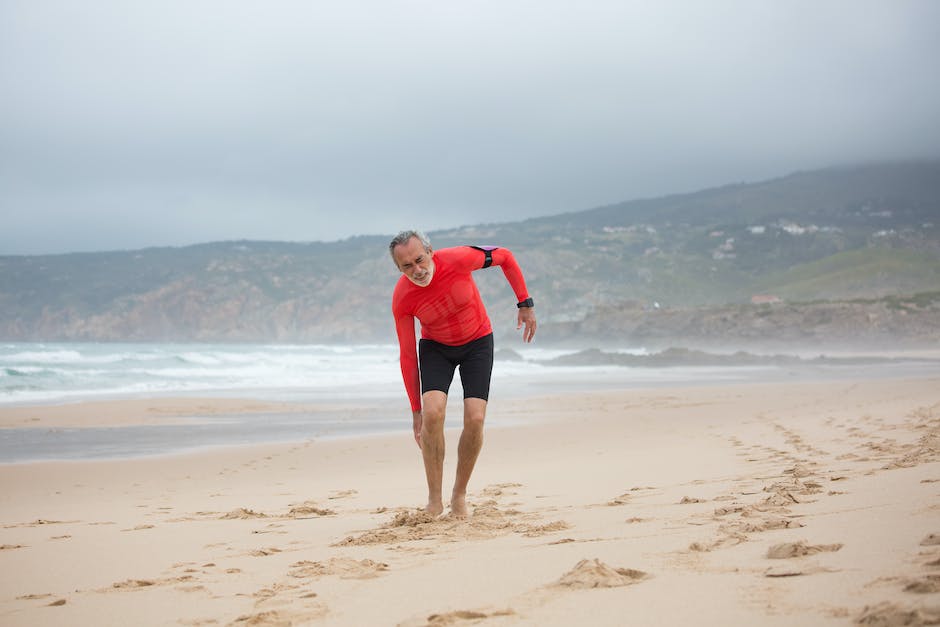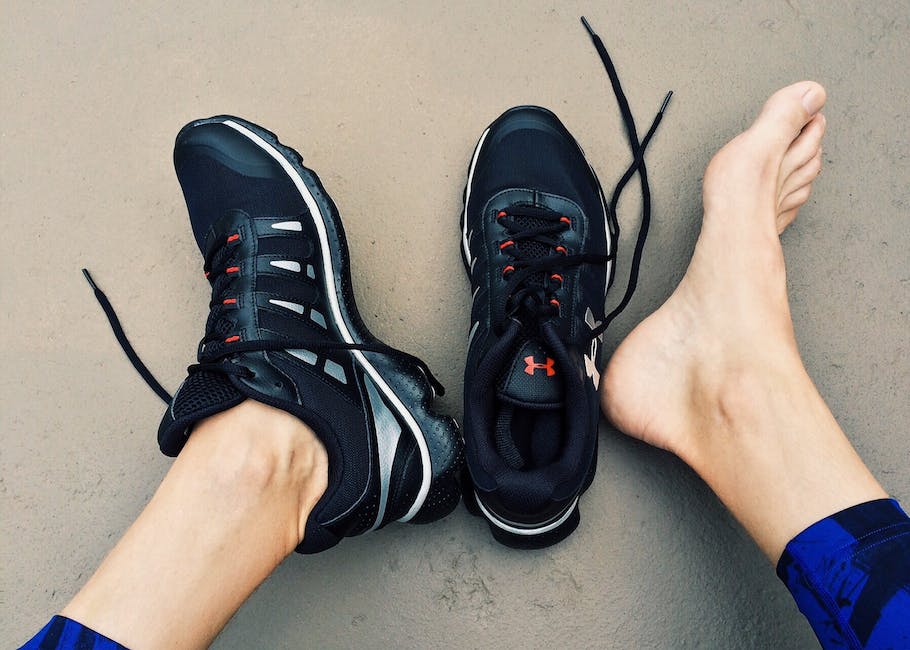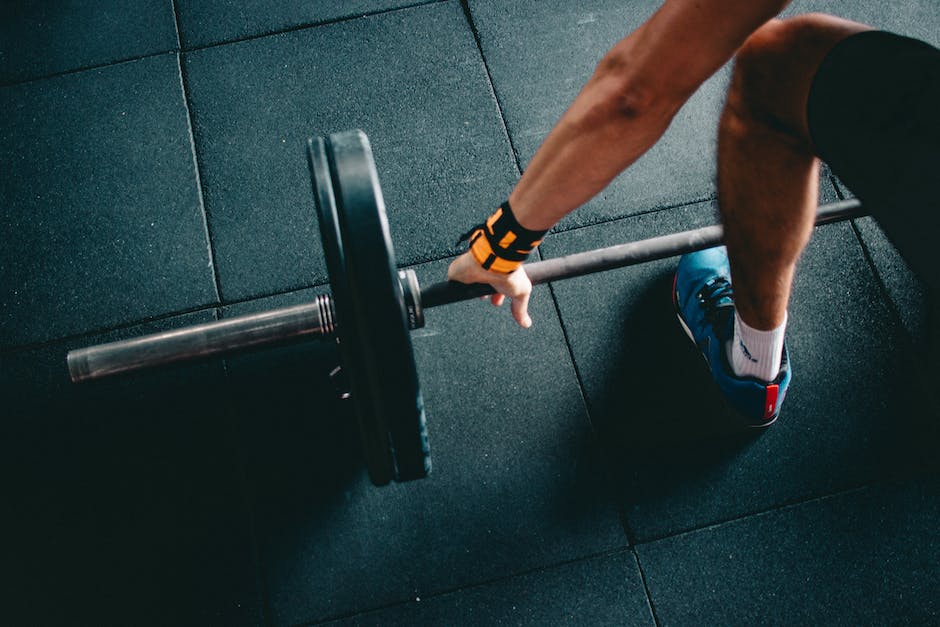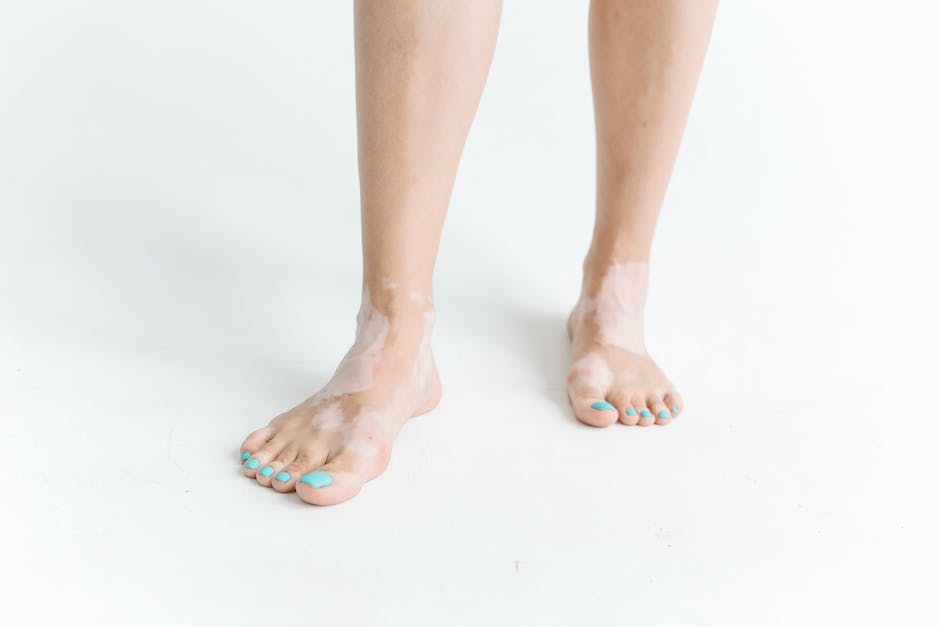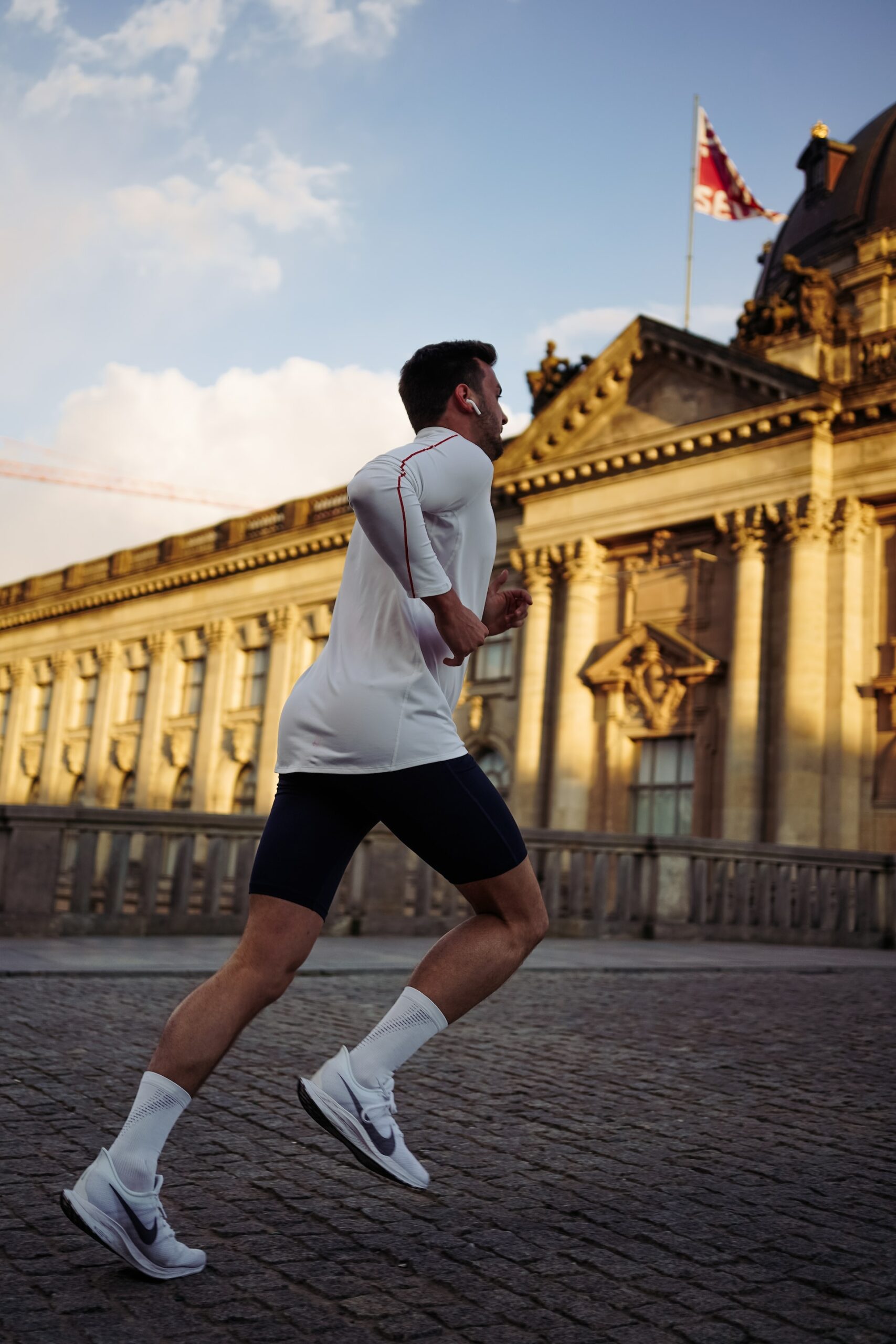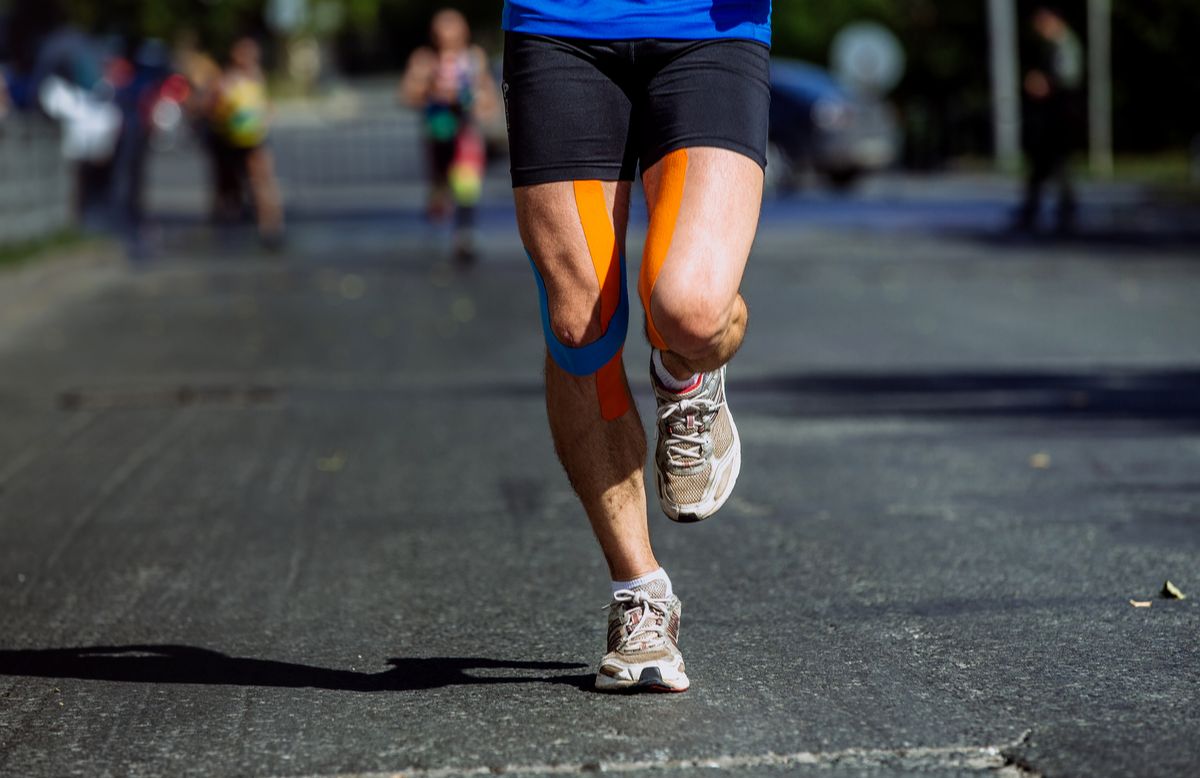
Knee Taping Hacks for Runners
Running is a fantastic way to stay fit and healthy, and it’s relatively inexpensive. However, it can be tough on your knees, especially if you’re a frequent runner. Knee pain is a common issue that many runners experience, but there are ways to alleviate it. One of the easiest and most effective ways to reduce knee pain while running is to tape your knees. In this article, we’ll explore knee taping hacks for runners, giving you tips and tricks to tape your knees safely and effectively.
Why Taping Your Knee for Running Is Important
Taping your knee while running is essential because it helps stabilize the joint, reducing the risk of injury. When you’re running, your knees are under a lot of stress, and the constant impact can lead to pain and inflammation. Taping your knee can help reduce the impact, decreasing the risk of injury.
Types of Knee Tapes
There are different types of knee tapes available in the market, but not all are suitable for runners. The most commonly used tapes include:
- Kinesiology Tape – made of elastic material that moves with your body, it provides support and reduces pain
- Rigid Tape – made of non-elastic material, it provides strong support and stability
- Compression Tape – made of stretchy material, it compresses the joint and reduces swelling

How to Tape Your Knee for Running
Now that you know the types of tape available let’s take a look at how to tape your knee for running:
- Clean and dry the knee: Before taping, clean and dry the knee to ensure that the tape adheres to the skin correctly.
- Cut the tape: Cut the tape into the desired length. For best results, use scissors to obtain a clean cut.
- Apply the tape: Apply the tape from top to bottom, overlapping each strip by 50%. Ensure that the tape isn’t too tight or too loose.
- Test it out: Take a few steps, bend your knee, and ensure that you’re comfortable before you start running.
When to Use Knee Taping
Knee taping can be used in various situations, such as:
- When experiencing knee pain while running
- When recovering from a knee injury
- When returning to running after an extended break
Taping Both Knees
When running, it’s essential to keep both knees taped if you have pain in both knees or have suffered an injury in the past. Taping both knees will keep them balanced, reducing the risk of further injury.
Conclusion
Taping your knee is simple, effective, and can help reduce knee pain while running. It is essential to choose the right tape and follow the correct technique to get the most out of the taping. If you’re experiencing knee pain while running, consider tape as a preventive measure. However, it’s always essential to seek guidance from a medical professional before starting any new exercise routine, especially if you’re dealing with an injury. Keep your knees healthy, and happy running!
Knee Taping Accessories
When taping your knee, there are some accessories you can use to make the process easier and more effective:
- Pre-Tape Spray: Applying pre-tape spray before taping can help the tape adhere better and last longer.
- Knee Sleeves: A knee sleeve can provide additional support and compression, reducing the need for tape in some cases.
- Tape Remover: Tape remover can help remove the tape without damaging your skin.

Frequently Asked Questions
Why is taping your knee for running important?
Taping your knee is crucial when running because it helps stabilize the joint, reducing the risk of injury. Running can be hard on your knees, and taping can help reduce impact, leading to decreased knee pain and inflammation.
What are the types of knee tapes available?
The most commonly used knee tapes for runners include kinesiology tape, rigid tape, and compression tape. Kinesiology tape is made of elastic material that moves with your body, providing support and pain reduction. Rigid tape is non-elastic and provides strong support and stability. Compression tape is stretchy and compresses the joint, reducing swelling.
How do I tape my knee for running?
To tape your knee for running, start by cleaning and drying the knee. Then cut the tape into the desired length and apply it from top to bottom, overlapping each strip by 50%. Ensure that the tape isn’t too tight or too loose. Test the taping by taking a few steps and bending your knee to ensure comfort before running.
When is it appropriate to use knee taping?
Knee taping can be used when experiencing knee pain while running, recovering from a knee injury, or returning to running after an extended break. It’s always essential to seek guidance from a medical professional before starting any new exercise routine, particularly if you’re dealing with an injury.
Should I tape both knees when running?
If you have pain in both knees or have suffered an injury in the past, it’s essential to tape both knees when running. Taping both knees keeps them balanced, reducing the risk of further injury.
What knee taping accessories can I use?
You can use pre-tape spray before taping to help the tape adhere better and last longer. Knee sleeves can provide additional support and compression, reducing the need for tape in some cases. Tape remover can help remove the tape without damaging your skin.

